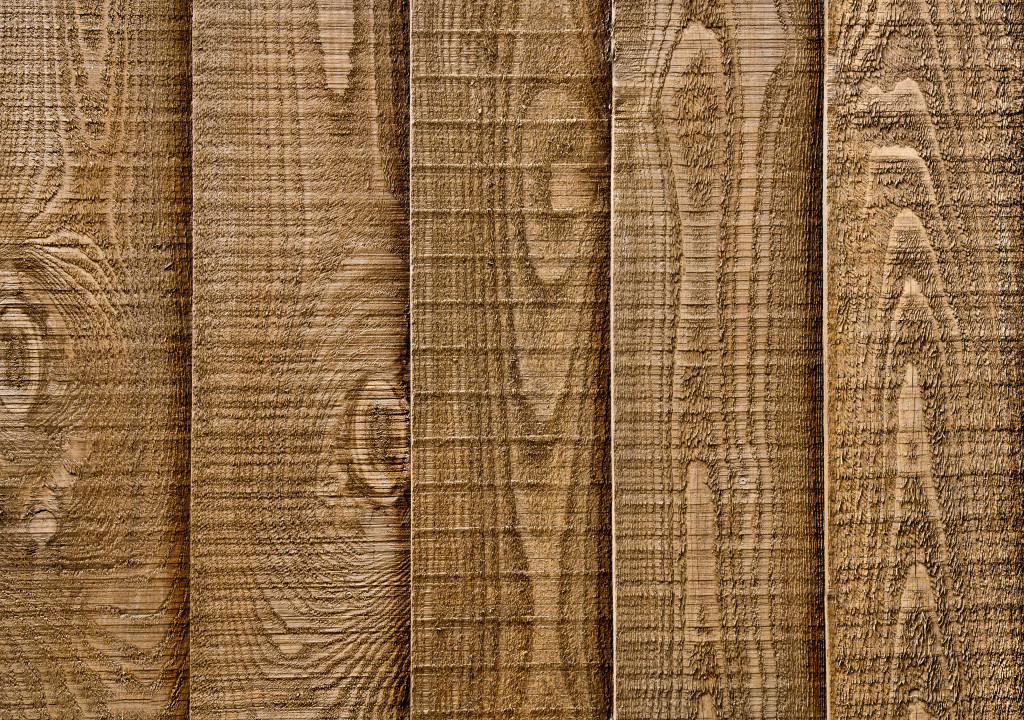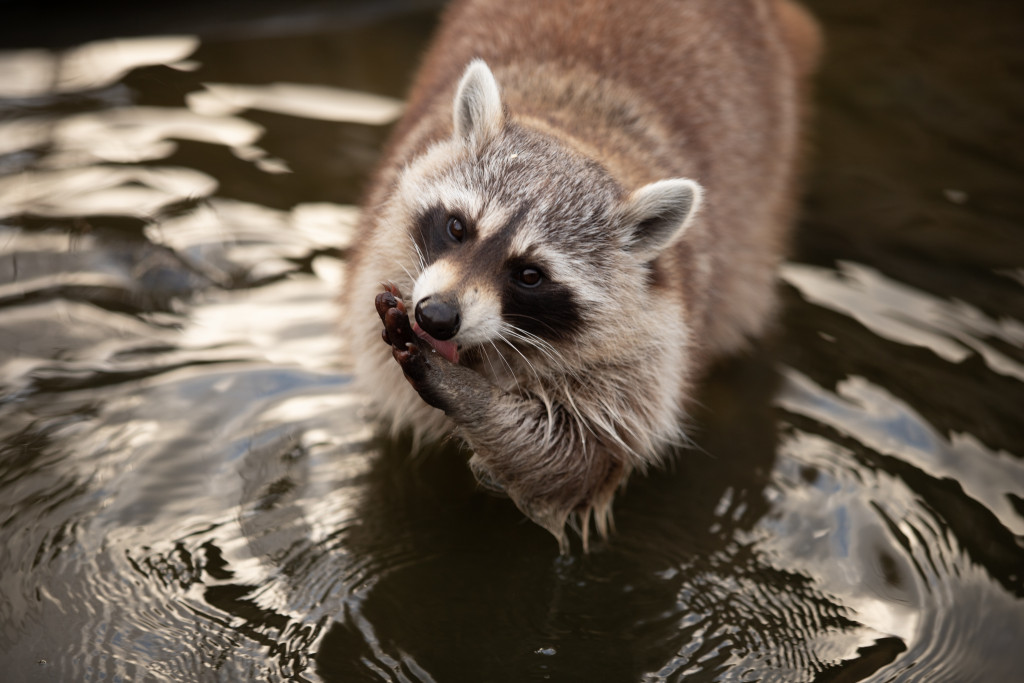The United States is home to several pests, both vertebrates and invertebrates. Rats, mice, and cockroaches are among the most common vertebrate pests, while silverfish, spiders, and ants are some of the most common invertebrate pests.
Rats and mice can spread diseases such as rat-bite fever and hantavirus, while cockroaches can spread Salmonella bacteria. In addition, Silverfish damage fabric and paper goods, spiders build webs that can clog drains and pipes, and ants can contaminate food with their feces.
One of the worse pests found in the country is raccoons.
The Biology of Racoons
Raccoons are small to medium-sized mammals belonging to the family Procyonidae. There are seven species of raccoon, but the most common in North America is the North American raccoon (Procyon lotor). Raccoons are nocturnal animals, meaning they are most active at night.
Raccoons have several adaptations that allow them to live in many habitats, including forests, swamps, and urban areas. For example, they are excellent climbers and can easily climb vertical walls and trees. Raccoons also have dexterous front paws to open doors, latches, and garbage cans.
Raccoons pose a severe threat to public health. They carry several diseases, including rabies, distemper, and giardia. Raccoons are also known to host fleas, ticks, and mites, which can spread disease to humans and pets.
They can also damage many crops, especially those found in people’s backyards. So if you have a raccoon problem, consider these options for deterring them from entering your backyard.

High-Wall Fences
One way to keep raccoons out of your backyard is to build a high-wall fence. One of the best fences you can install is a horizontal composite fence. They don’t warp and have low maintenance, which means they can last forever. Additionally, they are also much higher than regular fences. Raccoons are excellent climbers, but they can’t climb over vertical walls that are at least 6 feet tall.
If you have a shorter fence, consider installing an electric charger on the top of the fence. This will give the raccoon a shock if it tries to climb over the fence. You should install a fence around your pond or pool. The fence should be at least 6 feet tall and made of a material that the raccoon cannot climb, such as chain-link or wire mesh.
Barriers
Another way to keep raccoons out of your backyard is to create barriers. Raccoons are strong and can easily rip open screen doors and plastic garbage cans. Consider using heavy-duty garbage cans with locking lids to prevent them from doing this. You should also repair any holes in your screens or fences that raccoons could use to enter your backyard.
You can also use an ultrasonic device to repel raccoons. These devices emit high-frequency sounds only audible to animals, including raccoons. When the sound waves hit the raccoon’s sensitive ears, it will cause the animal pain and deter it from entering your backyard.
Traps
If you have a raccoon problem, you can trap the animals and remove them from your property. There are several different traps available, including live traps and kill traps.
Live traps are designed to capture the animal alive so it can be released into the wild. The most common type of live trap is the box trap, a large cage with a door that closes when the animal steps on a trigger plate.
Kill traps are designed to kill the animal instantly. The most common type of kill trap is the leg-hold trap, a steel-jawed trap that clamps down on the animal’s leg when triggered. However, they are highly frowned upon because some might end up suffering before they perish. So don’t use these traps if it’s not necessary.
You should only use traps if you are experienced in handling wildlife. You should also check the traps regularly to avoid injuring or killing non-target animals.
Repellents
There are several different repellents available that can deter raccoons from entering your backyard. Repellents work by making the area unattractive or uncomfortable for the animal. The most common type of repellent is chemical, which uses strong smells and tastes to deter animals.
You can also use light and sound repellents. These devices emit bright light flashes or loud noises that startle and scare away animals. However, they must be used carefully so that you don’t inadvertently scare away your neighbors or other wildlife.
Raccoons can be a nuisance and cause damage to people’s property. However, there are ways to deter them from entering your backyard. By following these tips, you can keep your backyard raccoon-free.

